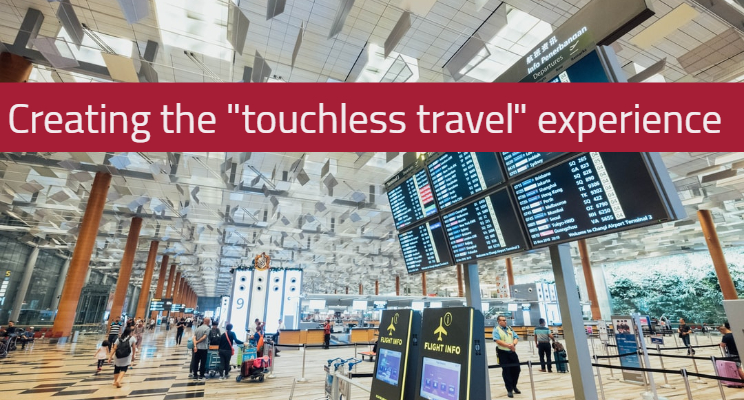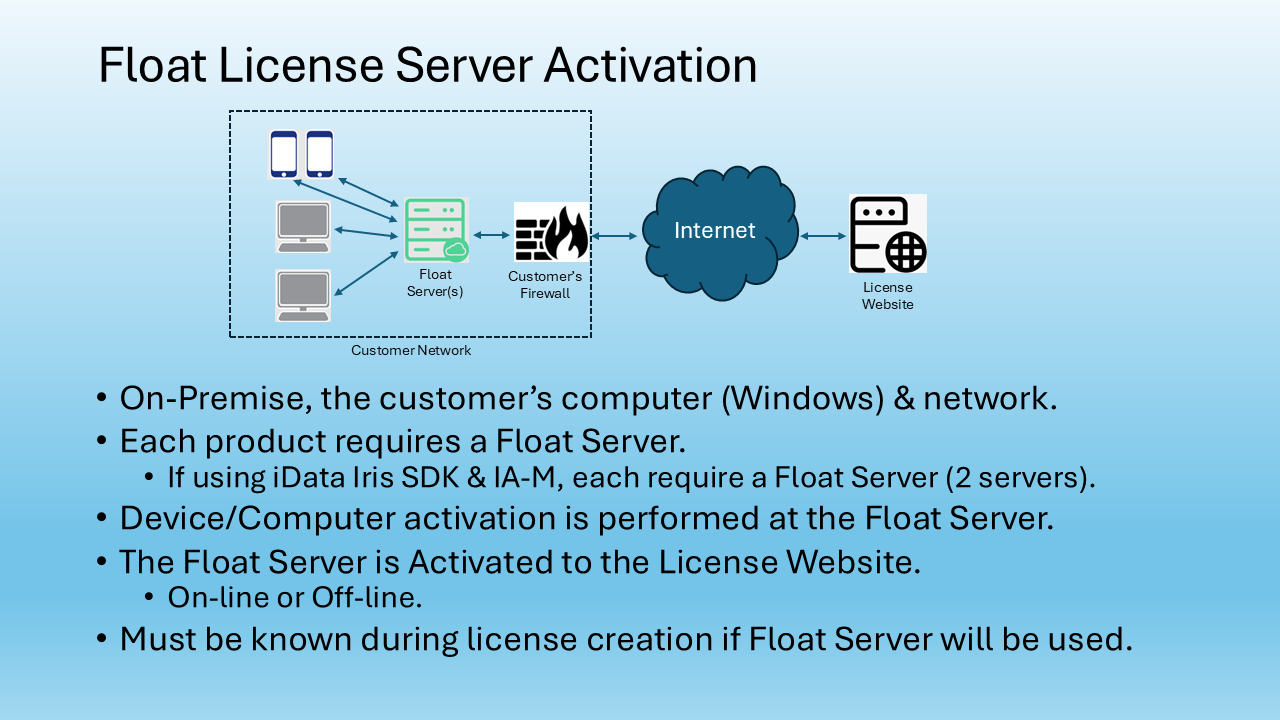By Mohammad Murad
The air travel industry has long realized the need to expedite everything from the check-in process to luggage pick up. People want to get to the airport, through the terminal and on the plane quickly without a lot of stops, lines or hassles. The COVID-19 pandemic throws in another imperative — people want to do all of that without touching anything or touching as little as possible. That has airlines and airports scrambling to speed up the creation of the “touchless travel” experience.
According to airport terminal architects, post 9/11 airport design was based on an “X” configuration. Travelers entered from multiple entrances and were immediately funneled to one central location to go through security lines. It worked as a security precaution, but at the expense of time, efficiency, convenience and comfort.
New technologies offer the ability to move people more quickly through airports while still maintaining safety, personal health and security. They can allow people to pass through terminals without handling tickets, touching pin pads, standing in long lines or going through extensive security checks.
These new technologies are based on biometrics and artificial intelligence or AI. Biometrics allow a person to be easily and positively identified. Iris and facial recognition are non-invasive, fast, accurate and touchless. And iris recognition works with both clear and colored glasses, head coverings and masks. It is widely considered one of the most accurate identification technologies available.
Here are examples of our Iris ID iris recognition technology being used in the airports today.
CLEAR
Even before the pandemic the travel industry was seriously looking at biometric enhanced travel. CLEAR, an expedited travel program for frequent flyers, is one of the leaders in creating touchless travel. The service cost passengers $15 per month (billed yearly) and it’s now available in more than 32 airports across the U.S. CLEAR allows members to use their fingerprints or iris recognition to quickly pass through security lines and boarding gates. Since the COVID-19 outbreak the company has designated iris recognition as its preferred biometric because it is touchless.
Amsterdam Airport Schiphol
One of the largest airports in Europe, Amsterdam Airport Schiphol, offers a similar premium service called Privium. Privium’s 60,000 enrolled members use iris recognition technology to move through airport security lines and board their flights. Member do not have to present passports, tickets or other travel documents. They simply look into an iris scanner and they are quickly and accurately identified – all without touching anything.
Hammad International Airport and Ashgabat International Airport
Hammad International Airport in Doha, Qatar and Ashgabat International Airport in Turkmenistan are also good examples of international airports using iris recognition technology to accurately identify passengers while keeping them safe and healthy.
Going Contactless
These examples of contactless travel are just the beginning. Eventually passengers will be able to use their eyes to check baggage at the airport curb, check in for a flight, move through security lines and board their plane. Passengers may even be able to buy food and drinks and other goods at airport shops using iris recognition. CLEAR has already put the technology in stadiums and sports venues throughout the U.S. Attendees can now enter the facilities using their eyes they can also use biometric payment at concession stands and shops.
Touchless travel offers a faster and more convenient way to travel. But it also offers superior security and safety especially in today’s world.


